Overview
Learn how to effectively clean and maintain your pocket knife to enhance its functionality and longevity. This guide covers necessary supplies, a step-by-step cleaning process, and regular care tips to keep your knife in top condition.
Frequently Asked Questions
1. Why is it important to clean my pocket knife?
2. What supplies do I need to clean my EDC knife?
3. How often should I clean my pocket knife?
4. What should I do if I find rust on my knife?
5. When should I seek professional help for my pocket knife?
When it comes to EDC knives, proper maintenance is crucial for ensuring longevity and optimal performance. Many pocket knife enthusiasts understand the importance of keeping their blades sharp and rust-free, but the cleaning process often gets overlooked. This comprehensive guide will outline the steps you need to take to clean and care for your pocket knife, ensuring its efficiency and aesthetic appeal for years to come.
Why Cleaning Your Pocket Knife Matters
Keeping your pocket knife clean reaches beyond aesthetics; it directly impacts its functionality and safety. Dirt, grime, and moisture can cause corrosion and impair the blade's sharpness. Regular cleaning also prevents contaminants from affecting the integrity of the materials, such as the handles or any mechanism involved in its operation. Investing a little time in maintaining your EDC knives can save you from costly repairs or replacements later on.
What You’ll Need
Before diving into the cleaning process, ensure you have the following supplies on hand:
- Warm water
- Dish soap or mild detergent
- A soft cloth or paper towels
- Toothbrush or small cleaning brush
- Lubricant (like mineral oil or knife oil)
- Rust eraser or fine-grit sandpaper (if necessary)
Step-by-Step Cleaning Process
1. Disassemble Your Pocket Knife
To achieve a thorough clean, it's best to disassemble your pocket knife. Most modern EDC knives are designed to be easy to take apart. However, make sure to consult the manufacturer’s guidelines before proceeding. Keep all screws and parts secure so that you can easily put your knife back together after cleaning.
2. Clean the Blade
Once you have disassembled your knife, it's time to focus on the blade. Begin by rinsing the blade under warm water to remove any loose debris. Follow up with a few drops of dish soap and a toothbrush or cleaning brush to scrub away any stuck-on residue. Pay special attention to the area around the pivot and the tang of the blade, as these spots often accumulate grime.
3. Rinse and Dry
After thoroughly scrubbing, rinse the blade under warm water again to remove any soapy residue. Pat it dry with a soft cloth or paper towel, ensuring to dry each component thoroughly. Moisture can lead to rust, which is the nemesis of all EDC knives.
4. Clean the Handle
The handle is an equally important part of your pocket knife that deserves attention. Depending on the material of your handle (be it wood, plastic, or metal), use the appropriate method to clean it. For plastic or metal handles, the same dish soap and warm water method work well. If your handle is wooden, use a soft cloth slightly dampened with the soapy water. Make sure to avoid soaking the wood as it can warp and diminish its longevity.
5. Address Rust or Stains
If you notice any rust or tough stains on your blade, use a rust eraser or fine-grit sandpaper. Gently rub the affected area until the rust is removed, and then rewash and dry the blade to eliminate any aluminum or dust remnants from the sanding process.
Reassembly and Lubrication
6. Lubricate the Moving Parts
Once all parts are clean and dry, it’s time to lubricate them. Apply a few drops of lubricant to the pivot area, ensuring smooth operation. For the best results, open and close the knife a few times after lubrication to distribute the oil evenly. This not only keeps the moving parts functioning well but also prevents rust build-up in the future.
7. Reassemble Your Pocket Knife
With everything clean and lubricated, you can now reassemble your pocket knife. Be cautious and make sure that all parts are reattached correctly, especially any springs or locking mechanisms. Double-check to ensure everything is functionally secure before using your knife again.
Regular Care and Maintenance Tips
Your work isn’t done after a thorough cleaning. To keep your EDC knives in peak condition, follow these guidelines for regular care:
1. Frequent Inspections
Check your pocket knife regularly for any signs of wear or damage. Look for rust spots, deep scratches, or any hinge difficulties. Early detection can save you from more significant repairs down the line.
2. Avoid Excessive Moisture
Exposure to excessive moisture can lead to corrosion. If you're using your pocket knife in wet conditions, always clean and dry it afterward. Store it in a cool, dry place, ideally in a sheath or case to avoid accidental moisture.
3. Keep the Blade Sharp
Maintaining a sharp blade not only ensures optimal performance but also enhances safety during use. Try to sharpen your knife regularly, ideally after every few uses depending on your activity level.
4. Mind the Handle Material
Different handle materials may require unique care techniques, especially wood that can dry out or warp. Depending on the type of wood, you might want to apply a food-safe mineral oil or wood conditioner occasionally to maintain its appearance and functionality.
5. Know When to Seek Professional Help
If your pocket knife has sustained severe damage or if you're unsure about fixing complex mechanisms, don’t hesitate to seek help from a professional. It's better to invest in expert repairs than risk damaging your beloved EDC knives.
Stay Ahead with These Best Practices
By following these cleaning and maintenance steps, you can ensure that your pocket knife remains not only functional but also an impressive part of your collection. Remember that proper care enhances not just usability but also safety during your outdoor adventures or daily tasks.
Ultimately, taking the time to clean and care for your pocket knife is a reflection of your commitment as an enthusiast and user. With these tips at your disposal, you'll be better equipped to ensure that your EDC knives serve you well for many years. Enjoy your adventures with a blade that is as clean and polished as your skills! Where would you like to take your newly refreshed pocket knife next?






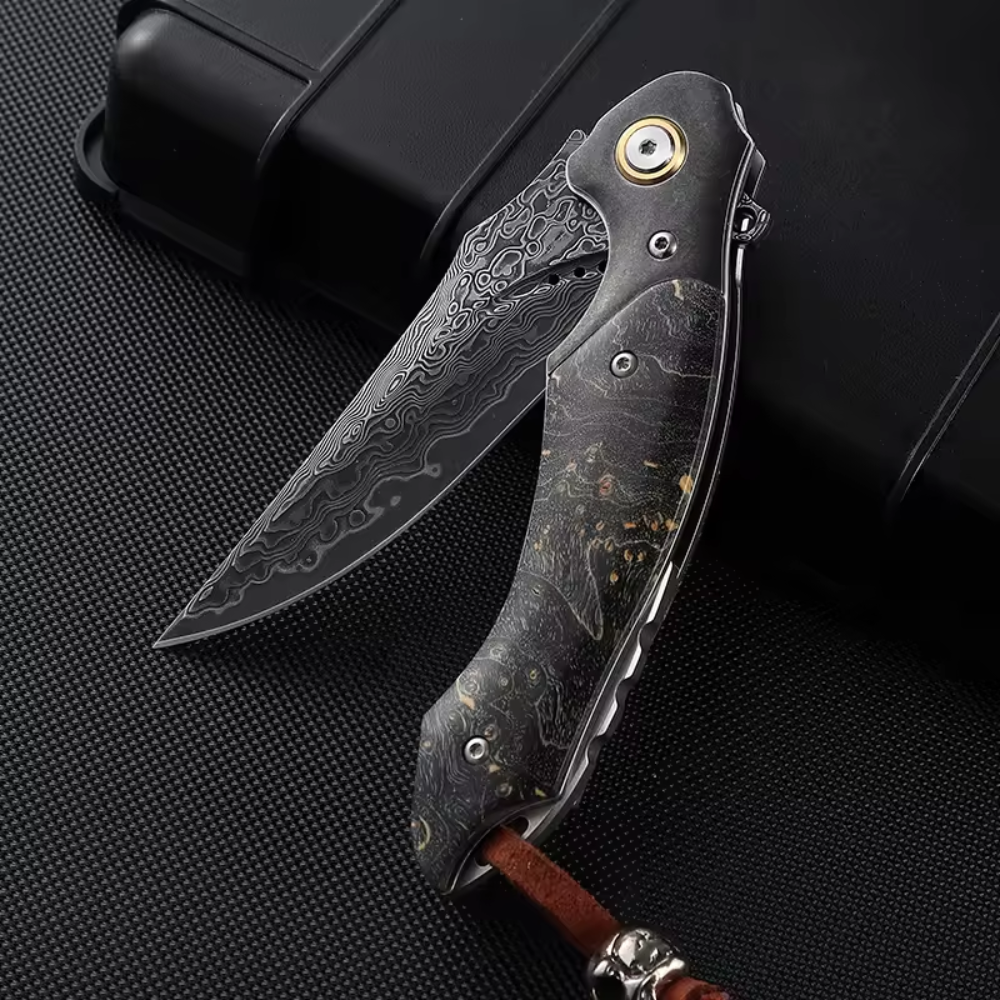
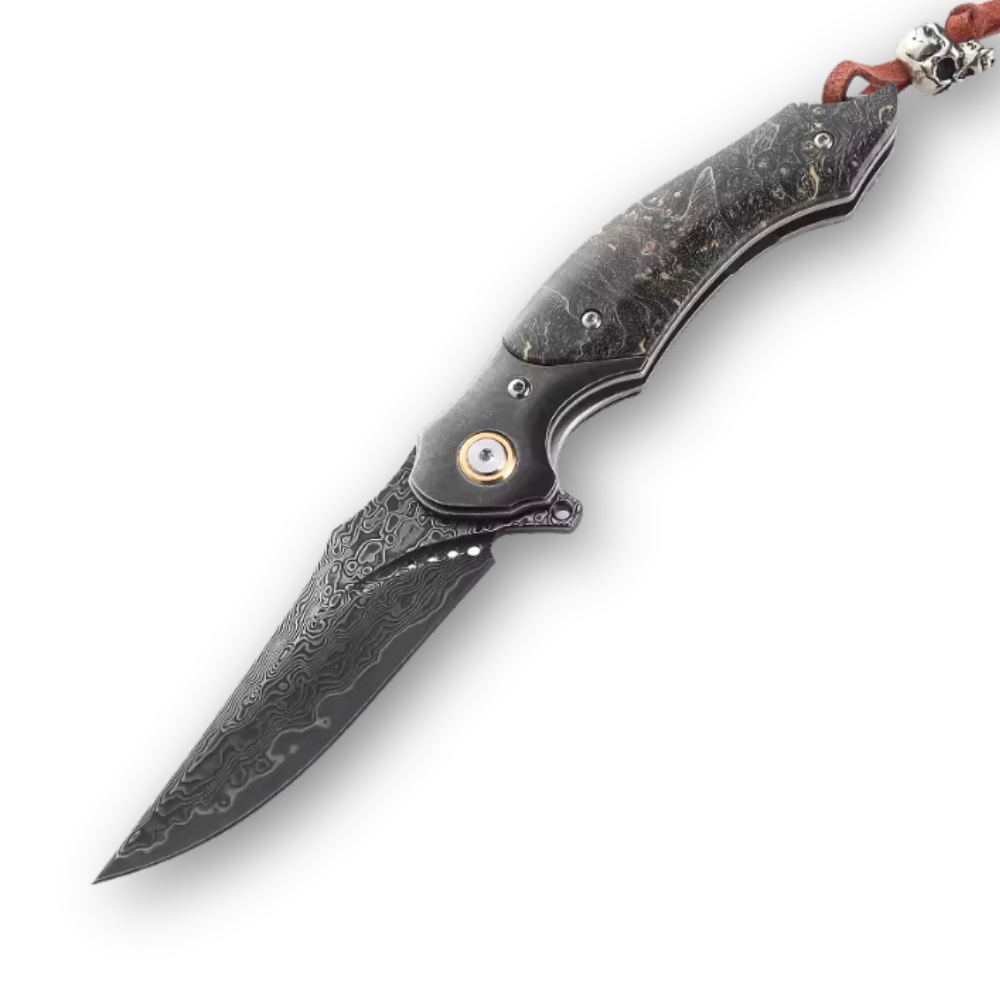
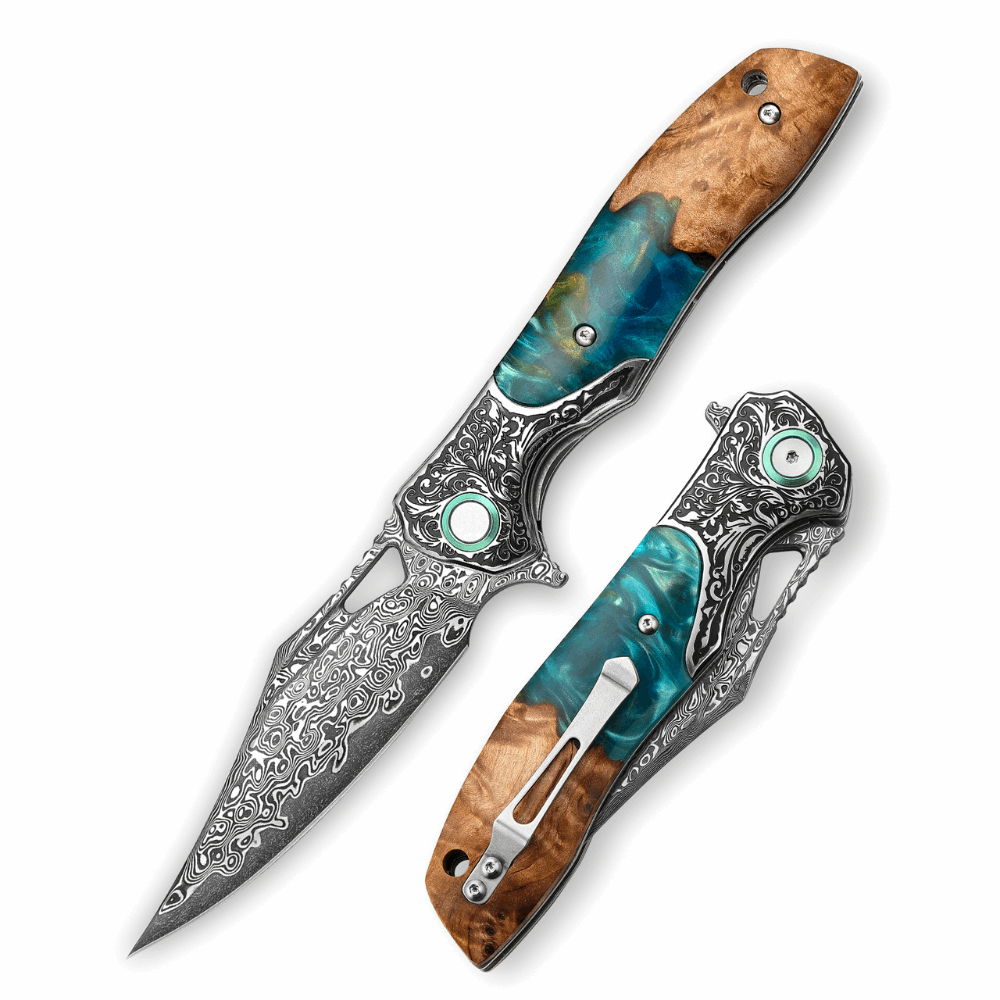
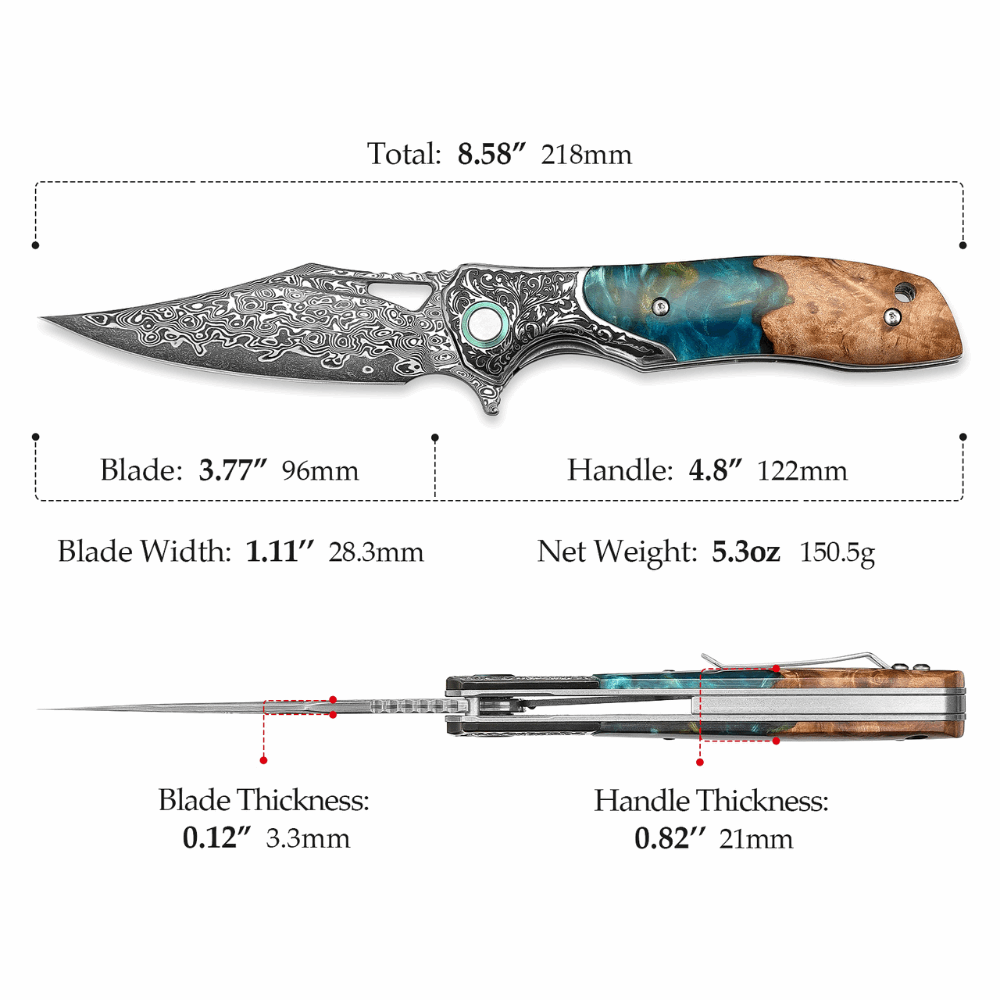
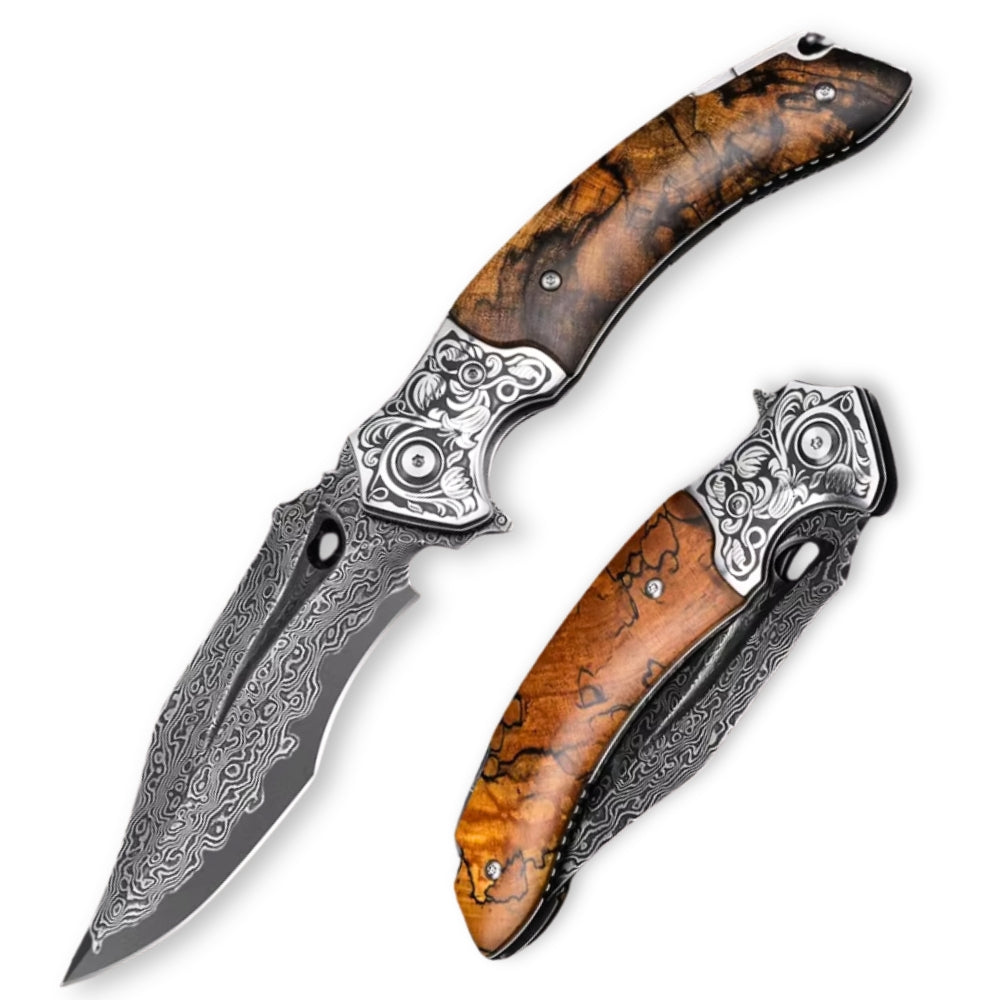
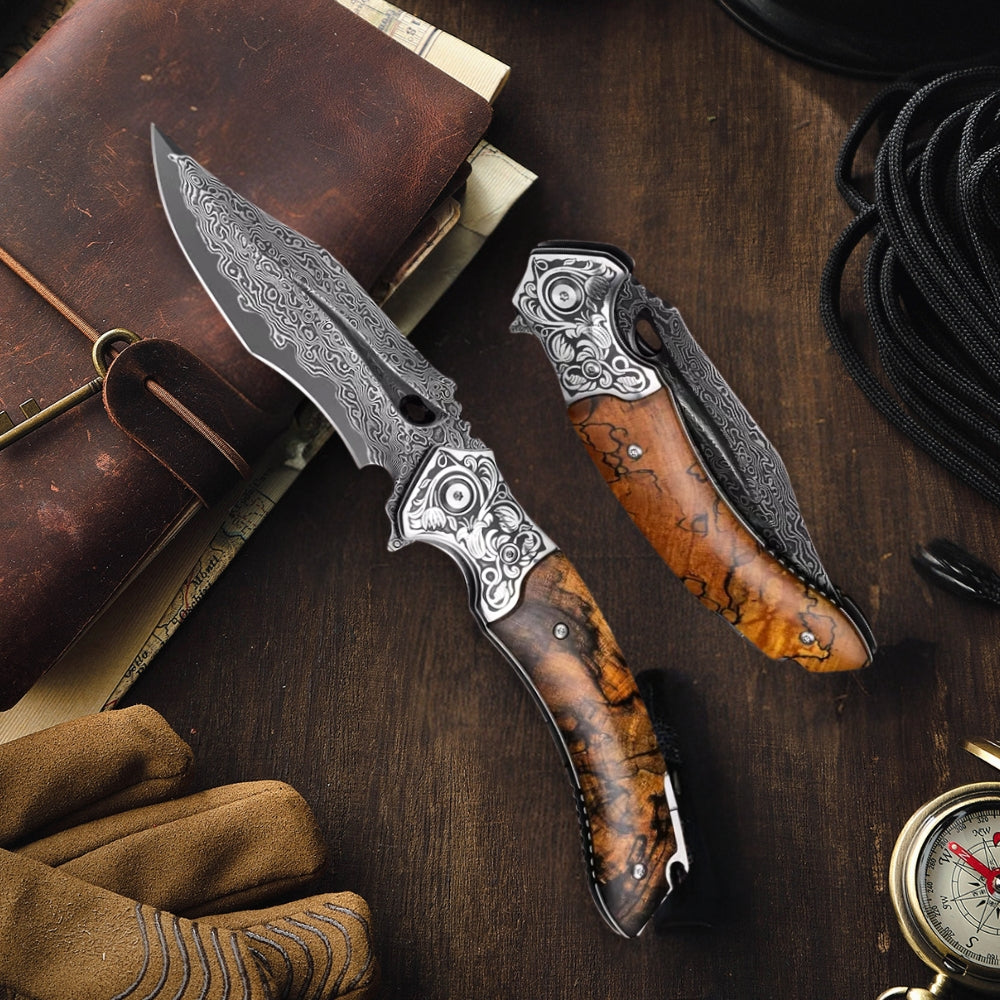
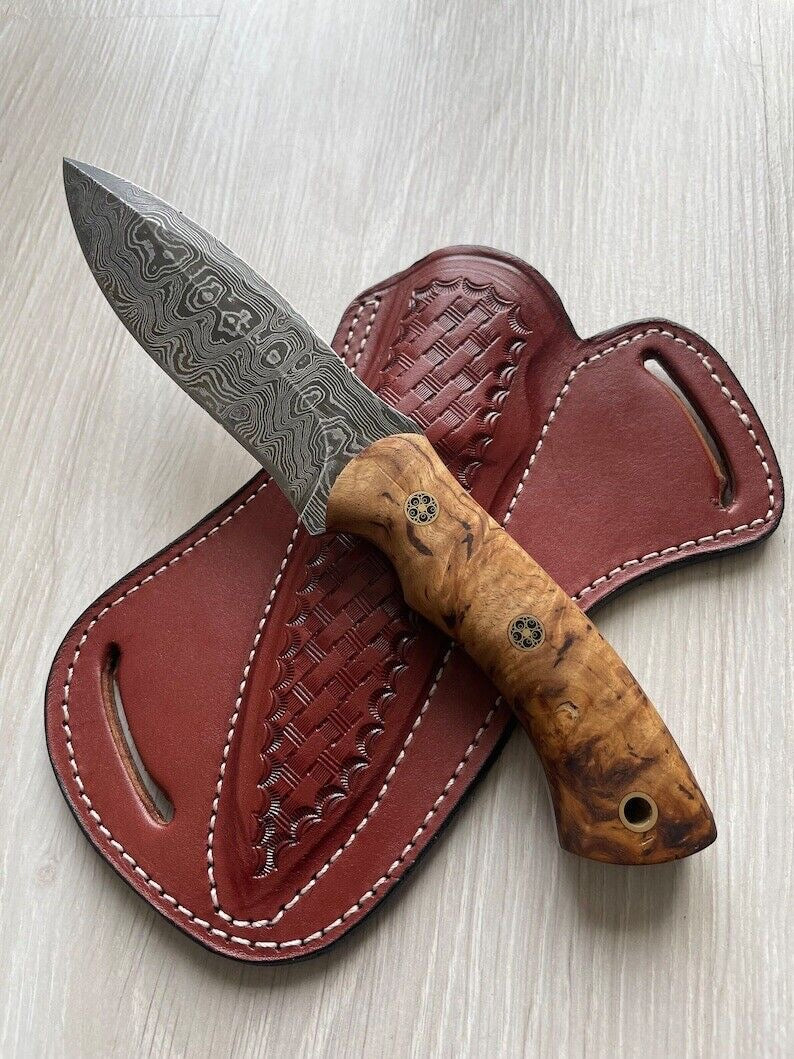
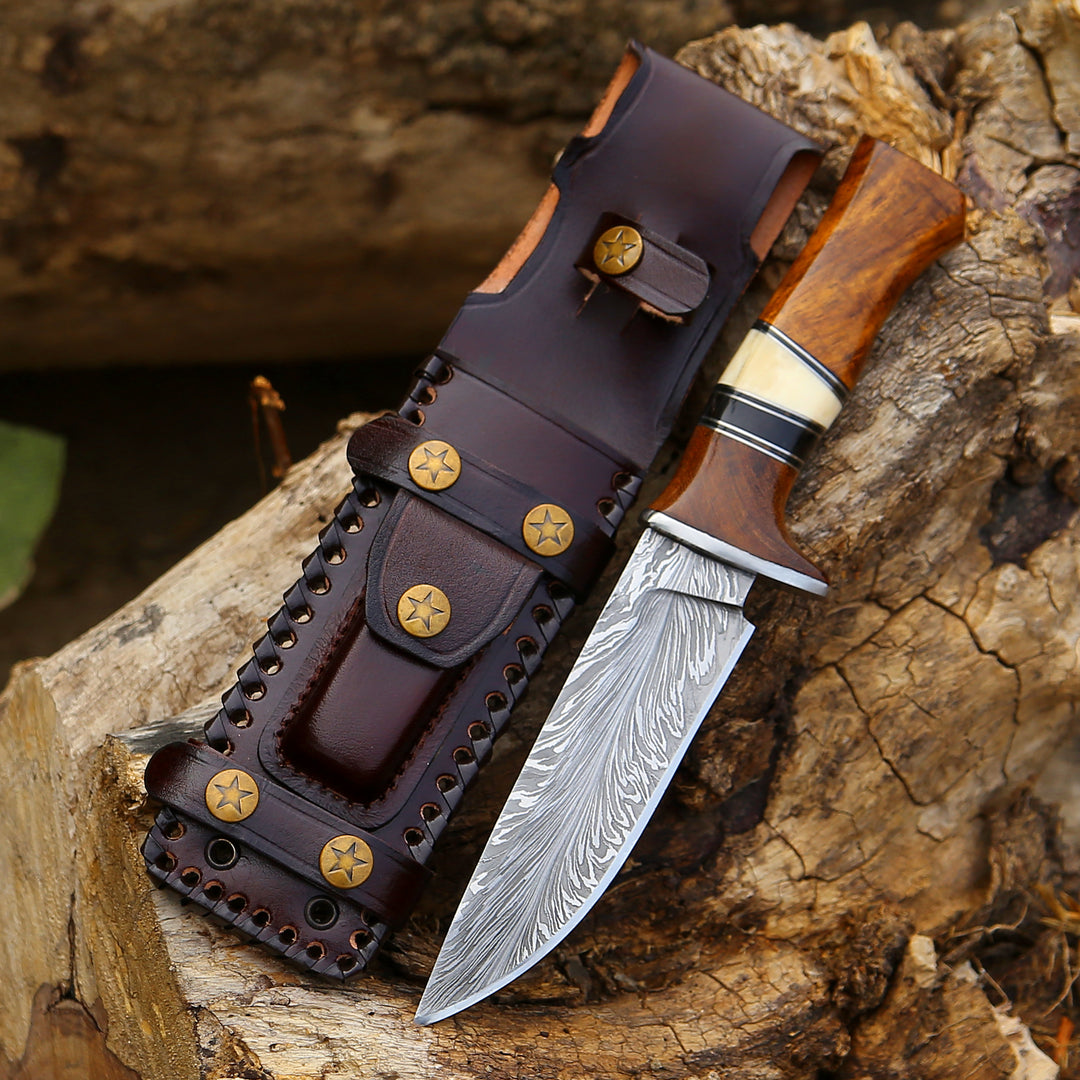
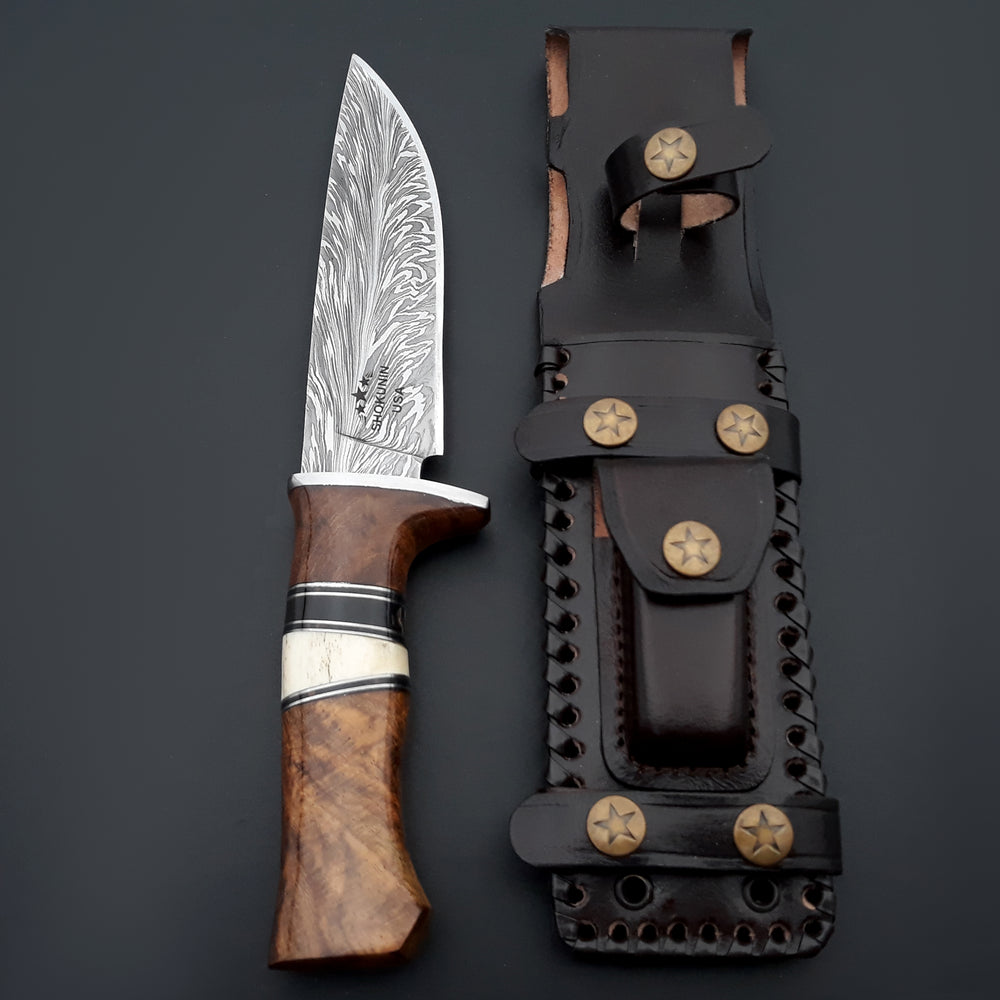
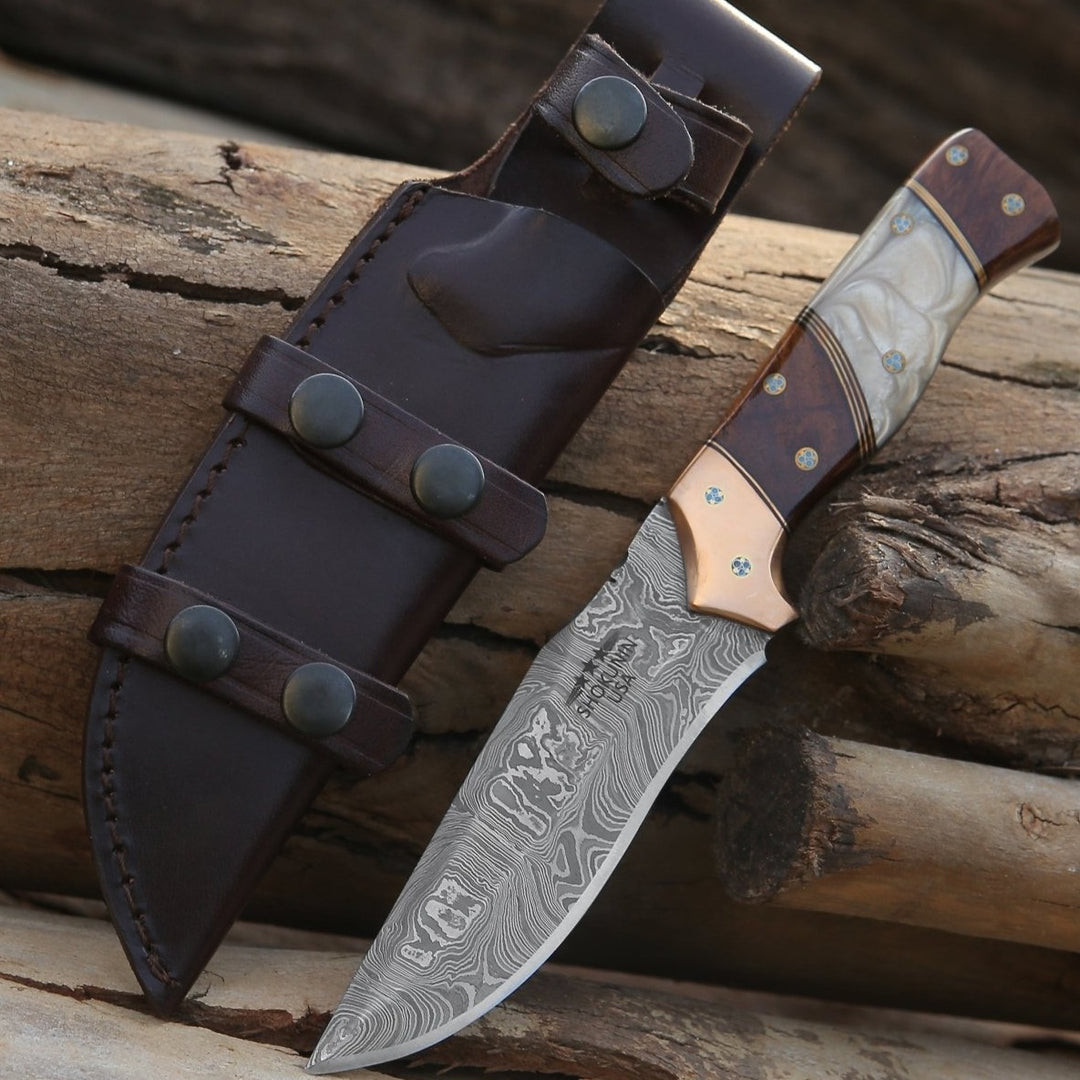
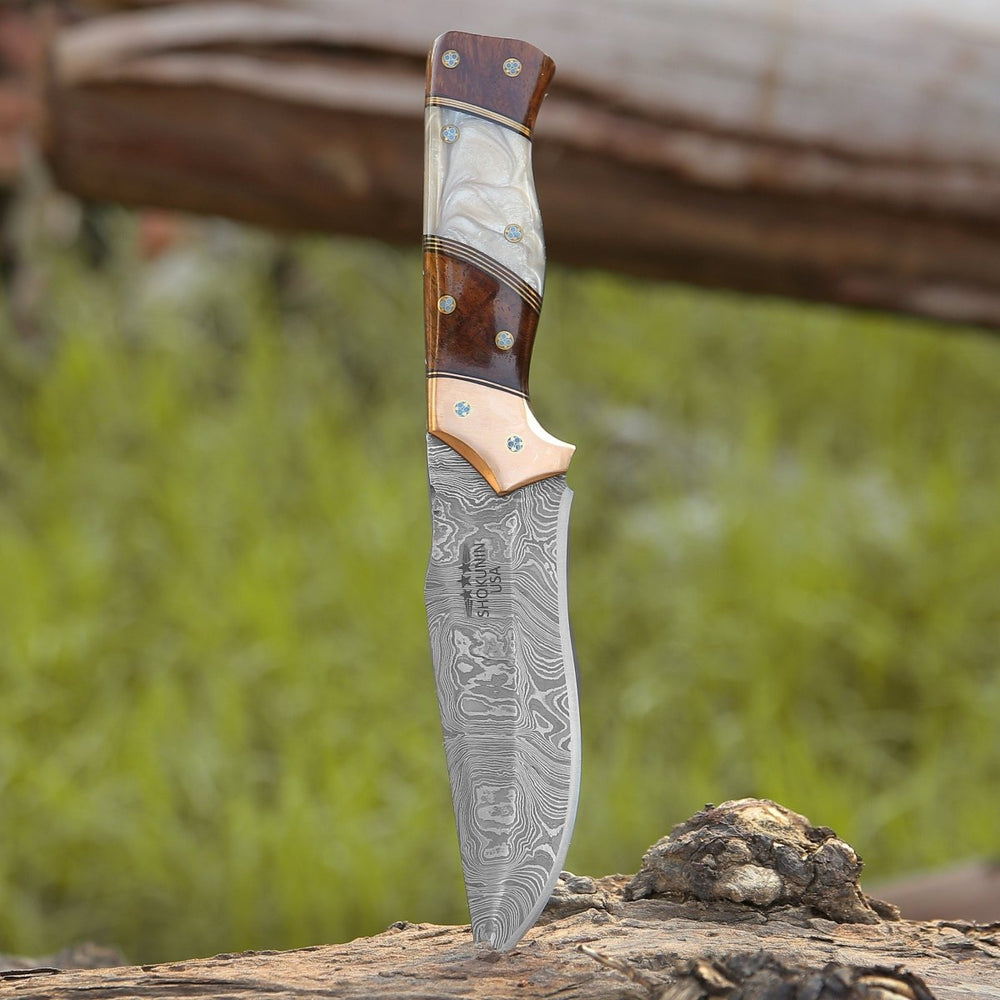
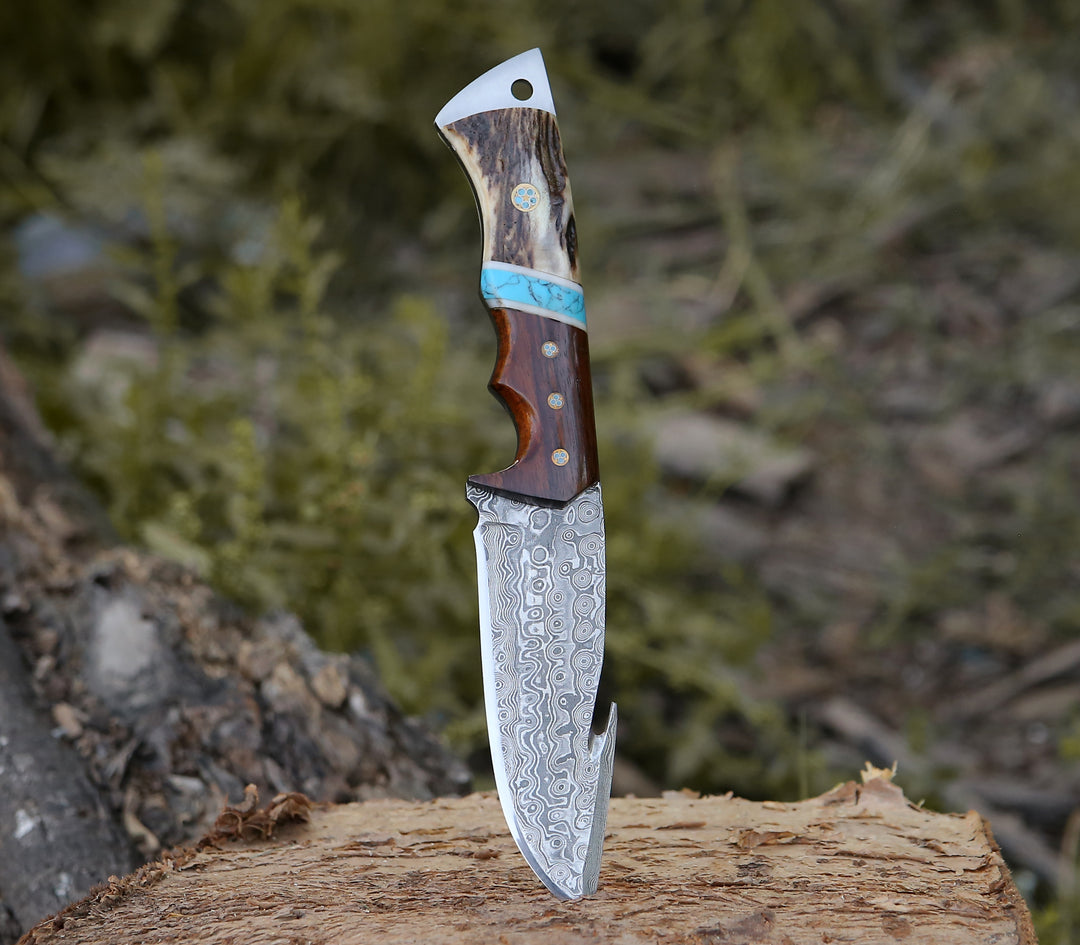
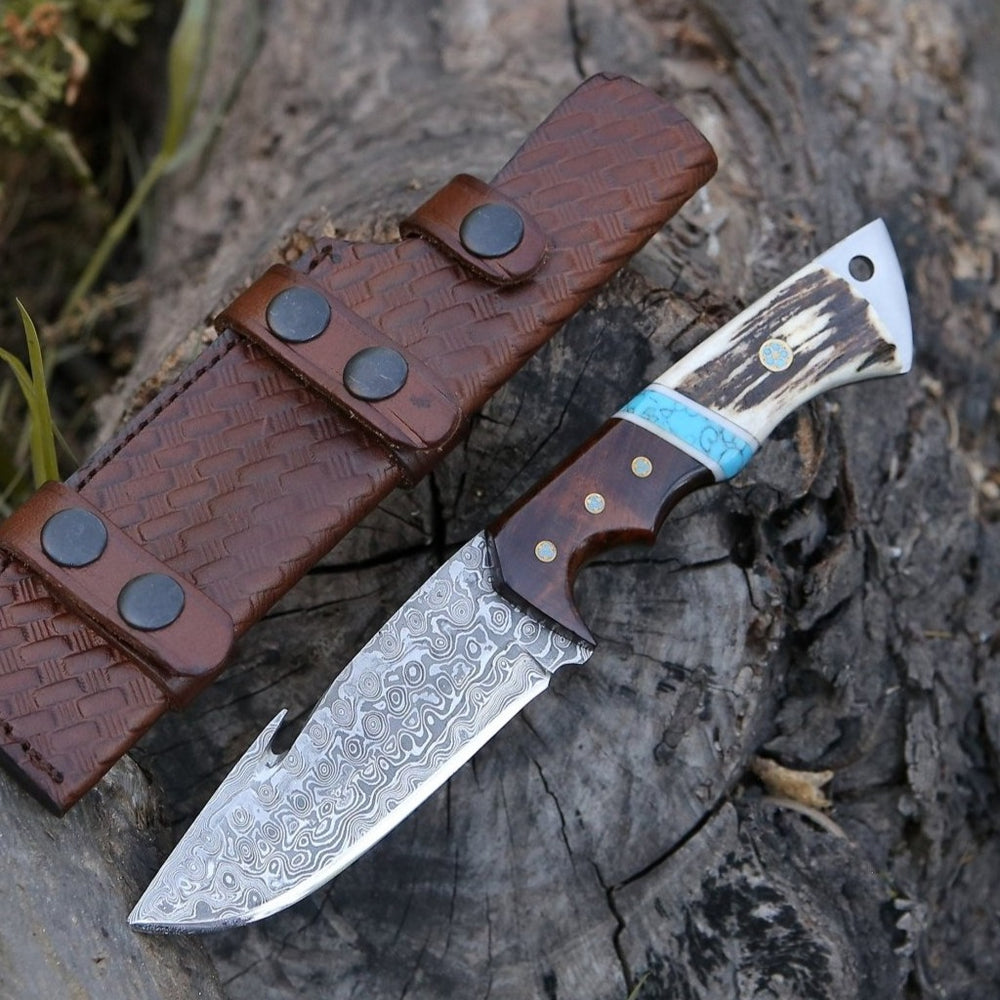
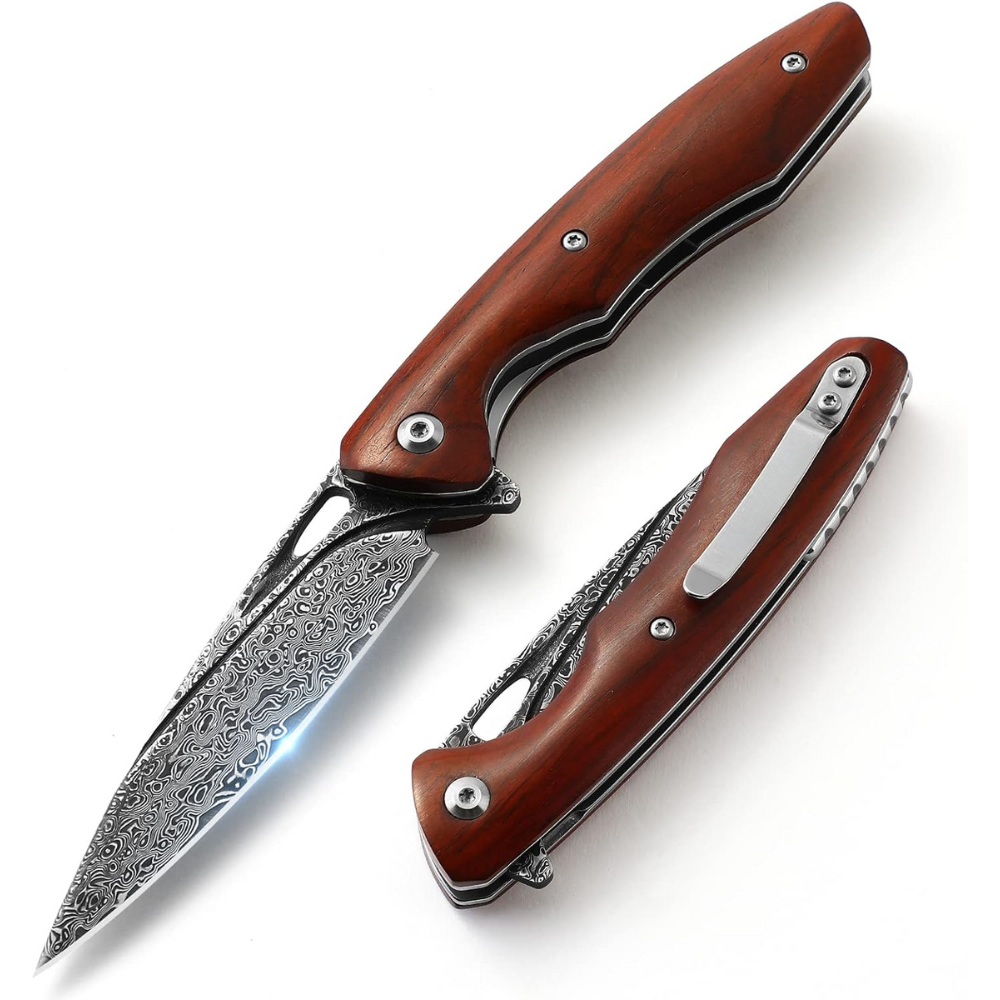
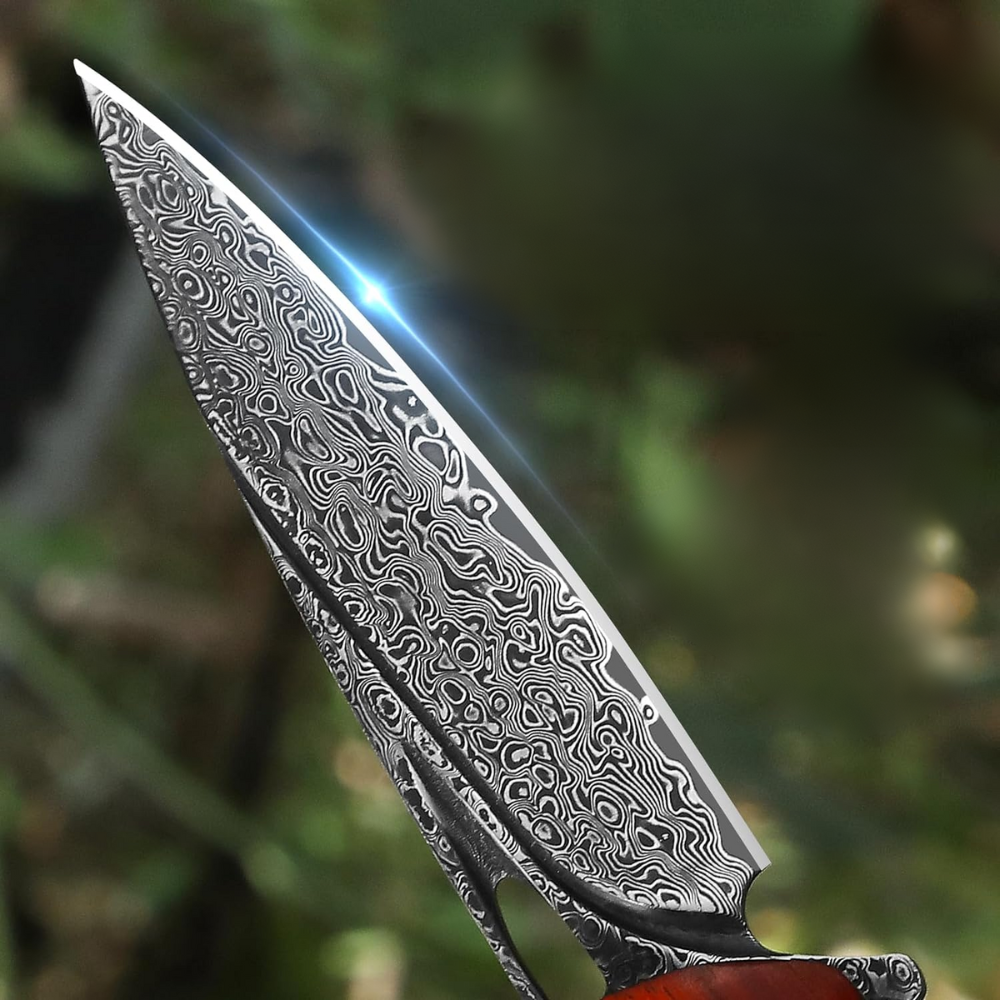
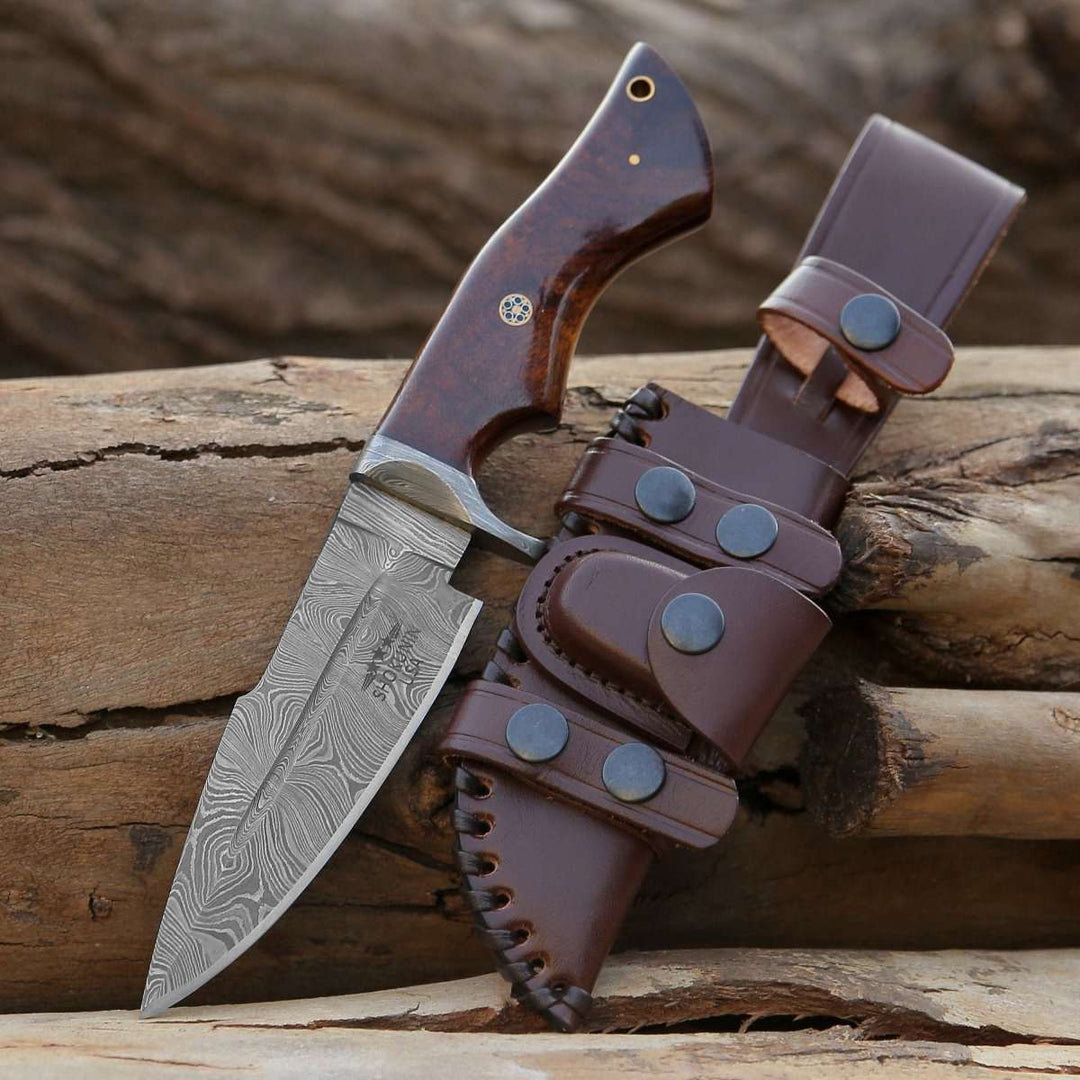
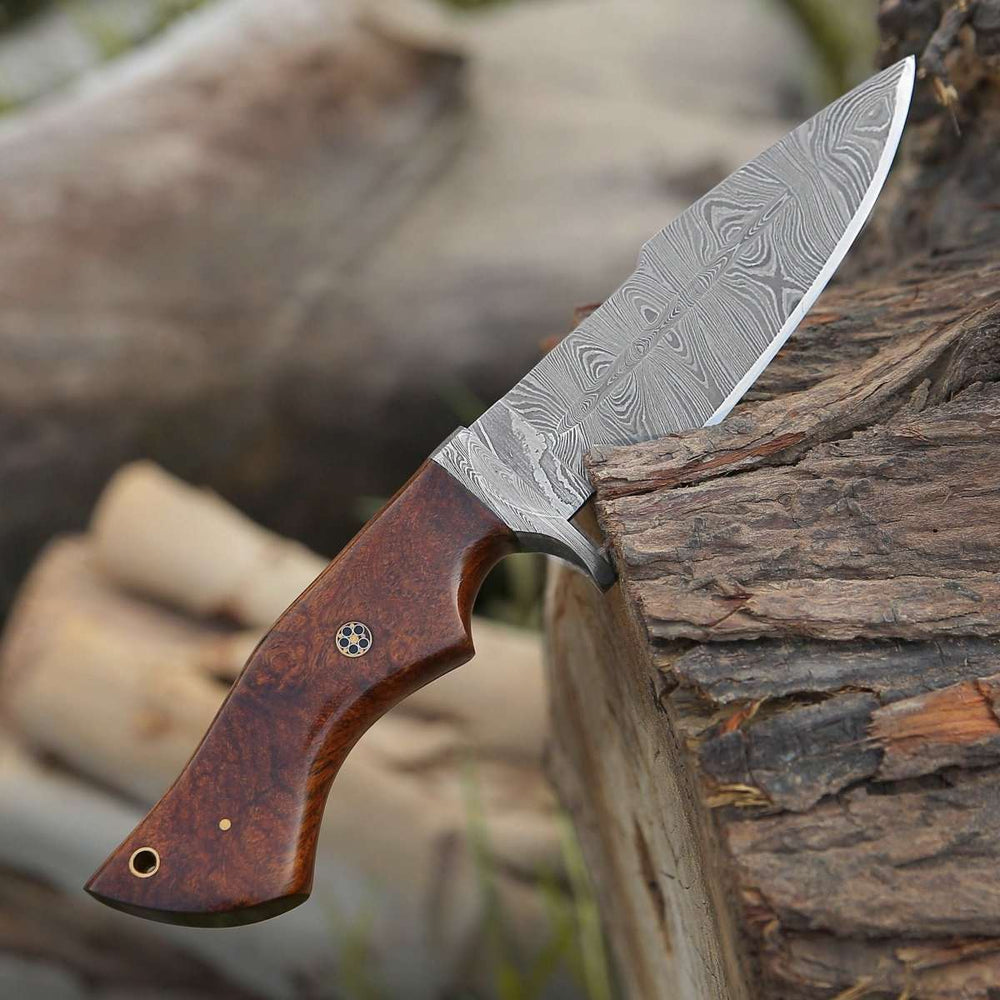
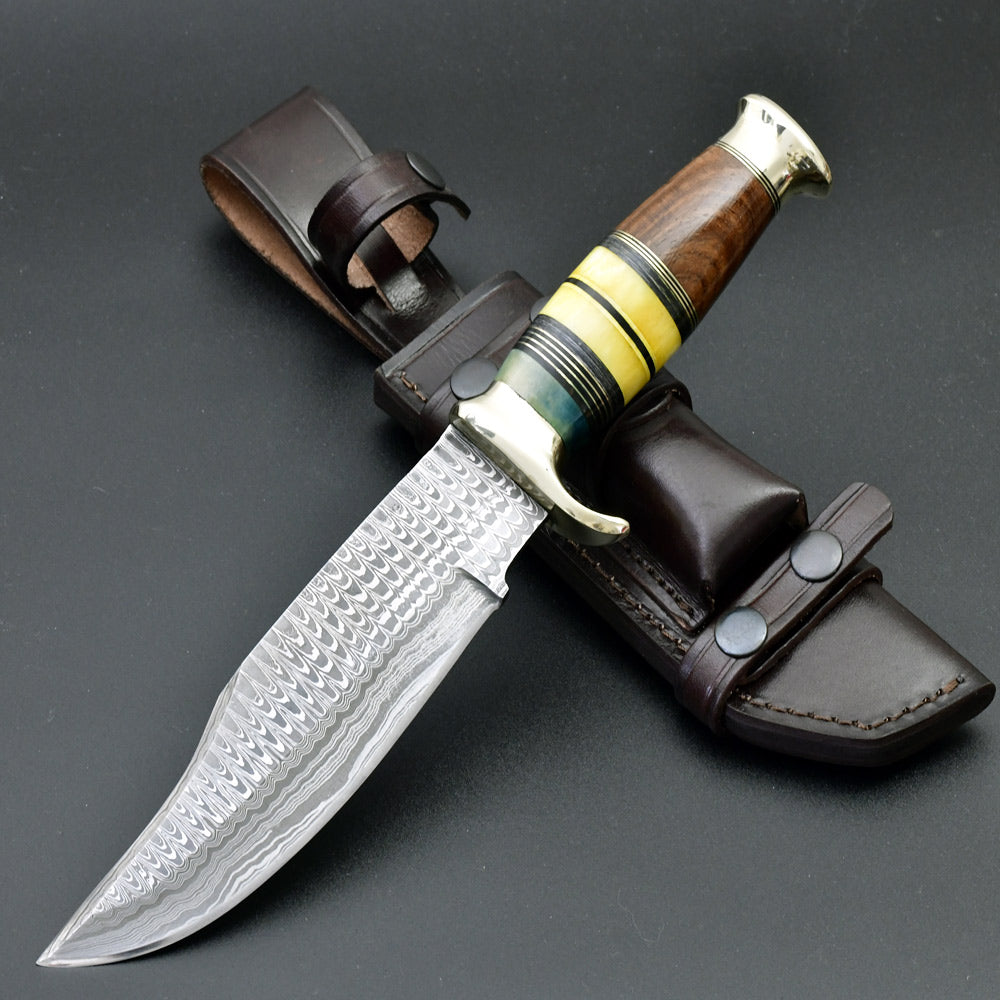
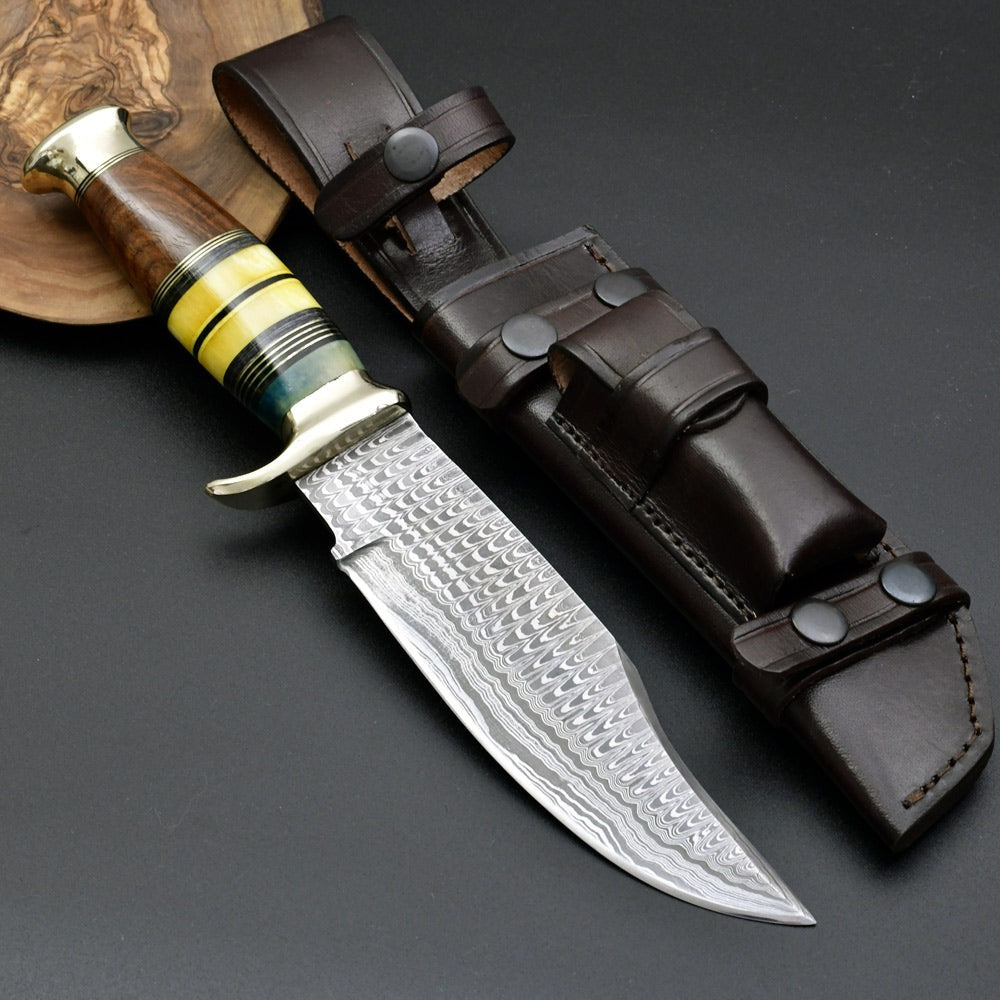
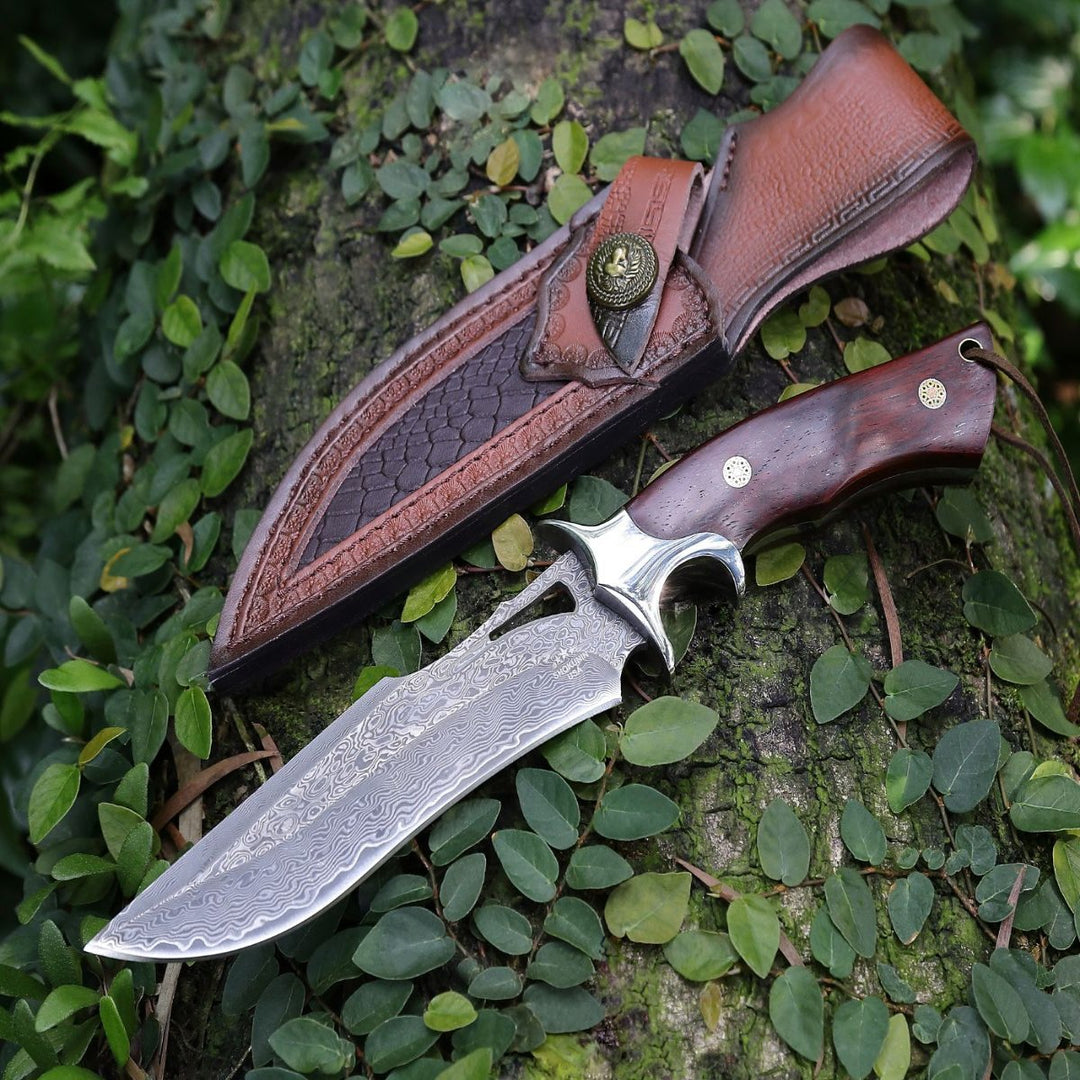
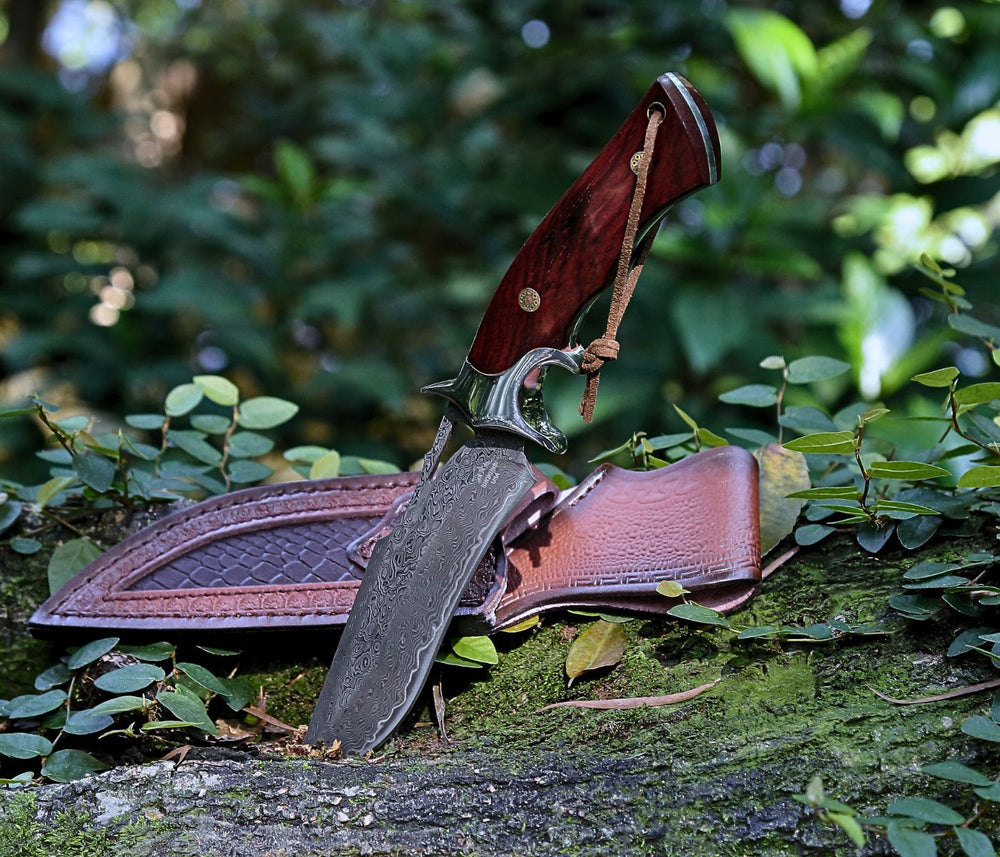
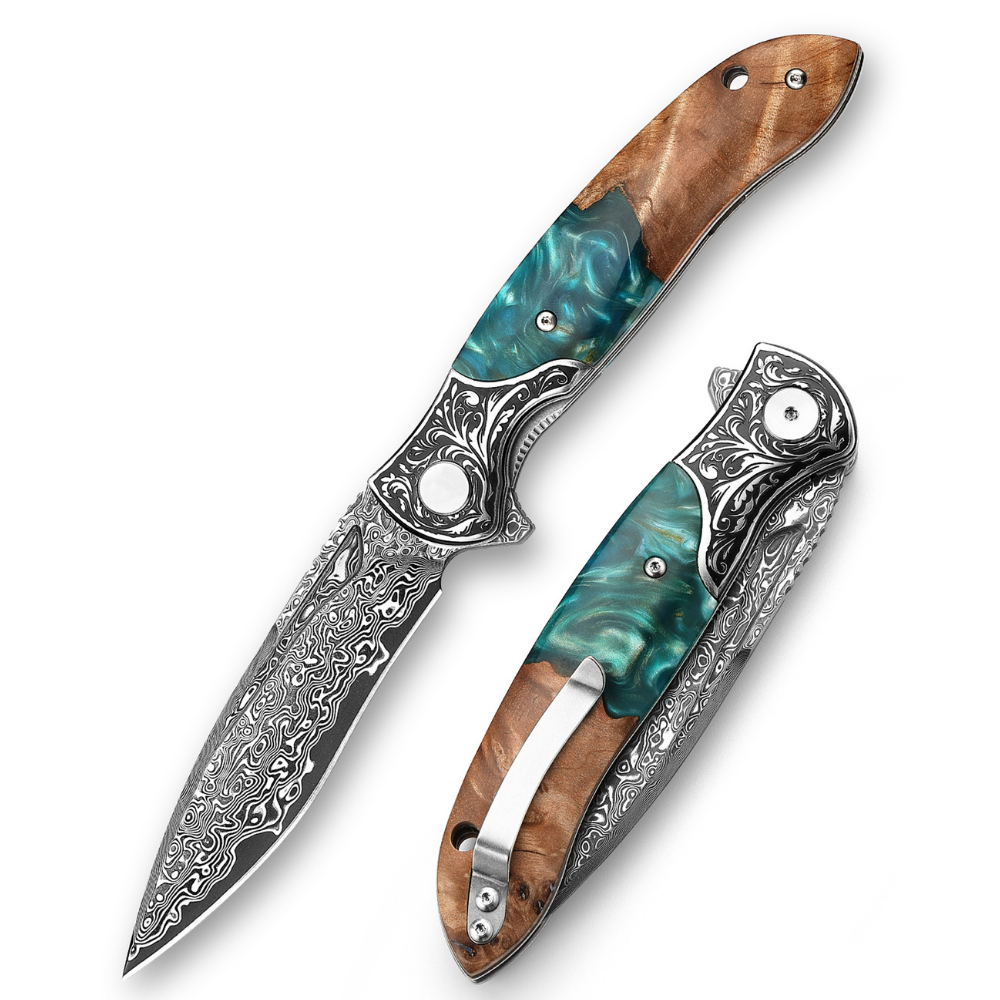
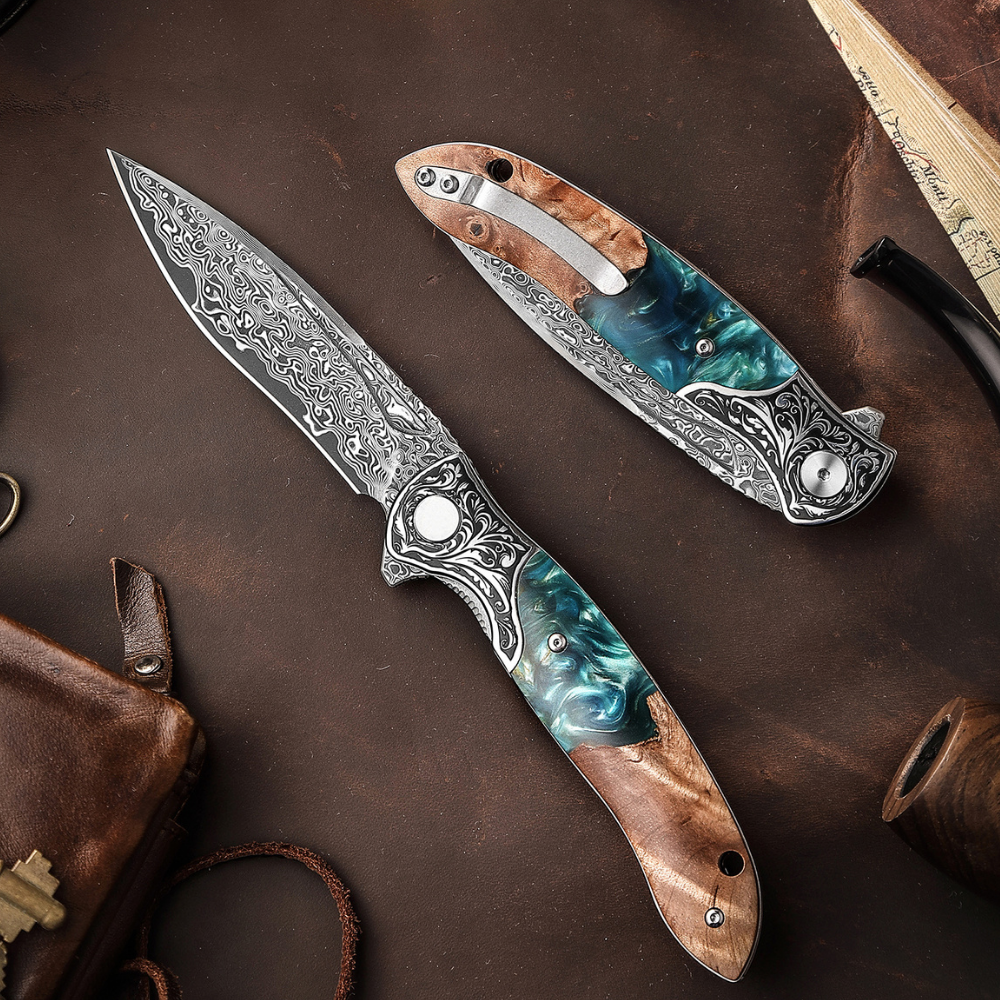
Leave a comment